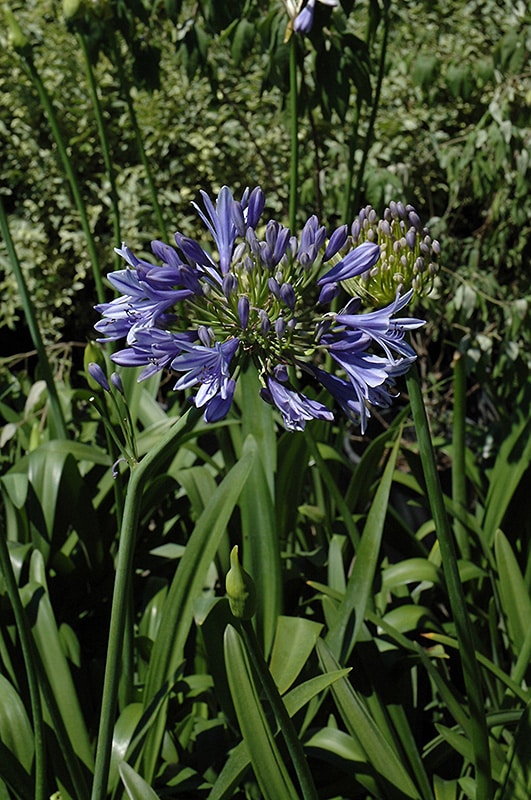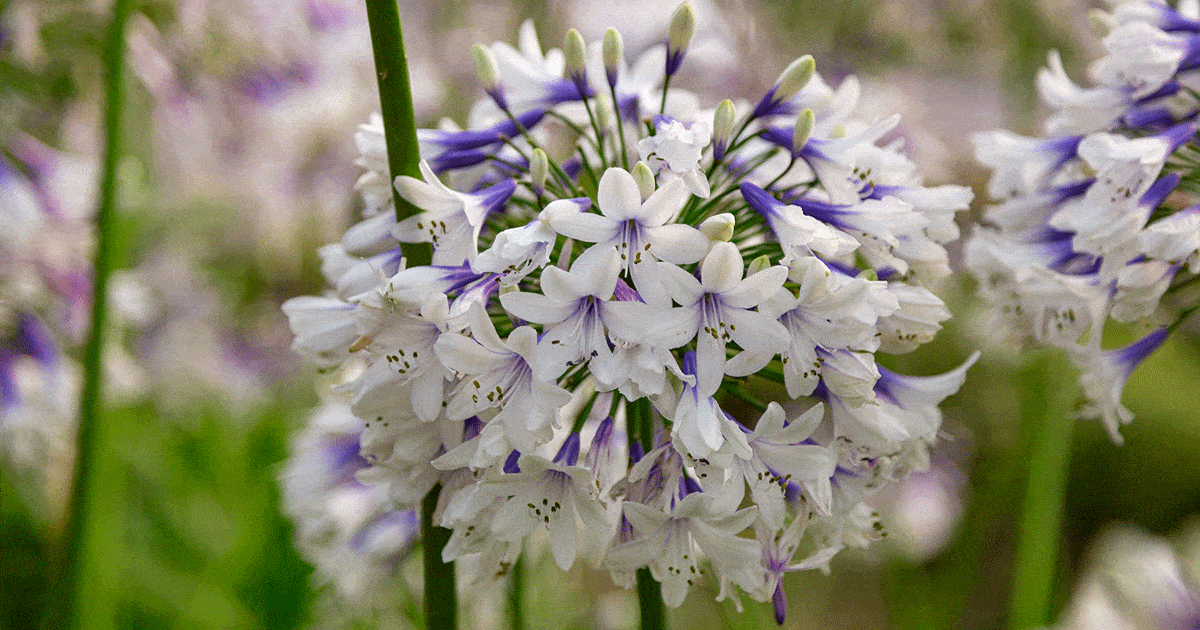Usual Agapanthus Troubles and Exactly How to Fix Them
Wiki Article
Unleashing the Secret to Effective Agapanthus Growing: Tips and Techniques for a Flourishing Garden
In the realm of gardening, cultivating agapanthus efficiently calls for a tactical strategy that includes various facets of plant treatment. With cautious interest to detail, one can open the secrets to supporting these magnificent blossoms, leading to a garden that flourishes with appeal and vibrancy. By comprehending the subtleties of agapanthus cultivation, one can create an environment where these plants flourish and grow generously. In the following discussion, we will discover necessary ideas and methods that will lead you towards a prospering agapanthus yard, using insights right into finest practices, dirt conditions, watering methods, and much more.Planting Agapanthus: Ideal Practices
When planting Agapanthus, correct soil preparation is vital for making certain successful development and development of these beautiful flowers. Agapanthus, frequently referred to as Lily of the Nile or African lily, prospers in well-draining dirt with a slightly acidic to neutral pH level - Agapanthus. Prior to planting, it is important to change hefty clay soils with natural issue such as compost or peat moss to boost drainage and offer necessary nutrients for the plantsTo plant Agapanthus, pick a location that obtains full sunlight to partial shade, as this will certainly advertise healthy growth and bountiful blooming. Dig a hole twice the size of the plant's origin round and place the Agapanthus at the very same deepness it was formerly expanding. Delicately backfill the opening with soil, pushing down securely to get rid of any kind of air pockets around the origins.
Water the newly planted Agapanthus extensively and continue to keep the dirt equally damp, specifically throughout the plant's energetic growing period. Agapanthus. Applying a balanced plant food once a month can better sustain the plant's growth and flowering. By complying with these ideal techniques for growing Agapanthus, you can produce a sensational display screen of these exciting flowers in your garden
Ideal Soil Conditions for Agapanthus
For ideal growth and flowering success of Agapanthus plants, ensuring the dirt conditions are perfect is essential. Agapanthus prefers soil that is rich in nutrients, so integrating a balanced fertilizer throughout the growing period can promote healthy and balanced growth and vibrant blossoms.
Watering and Feeding Tips
To ensure healthy growth and dynamic blossoms, proper watering and fertilizing methods are important for successful Agapanthus cultivation. Agapanthus plants gain from normal watering, especially during the growing season. It is suggested to water deeply when a week, ensuring the soil is moist but not waterlogged. Throughout warm weather condition or in pots, more constant watering might be required to stop the soil from drying entirely.When it pertains to fertilizing Agapanthus, a well balanced fertilizer with equivalent parts nitrogen, phosphorus, and potassium can be used in the springtime to promote healthy and balanced growth and flowering. Slow-release fertilizers are suitable for offering nutrients slowly over an extended duration. Stay clear of over-fertilizing, as this can cause excessive foliage development at the expense of flowers.
Additionally, including natural issue like compost into the soil can enhance nutrient levels and enhance dirt framework, assisting my link in the overall wellness of the Agapanthus plants. By following these watering and feeding pointers, gardeners can ensure their Agapanthus plants grow and create stunning display screens of flowers.
Pruning and Deadheading Strategies
Proper trimming and deadheading methods play an essential function in keeping the health and appearances of Agapanthus plants, complementing the important methods of watering and feeding for successful growing. Trimming Agapanthus entails eliminating spent blossom heads, dead or yellowing leaves, and general shaping of the plant to promote much better growth. Deadheading, the procedure of removing faded flowers, not just boosts the plant's look however additionally urges further flowering.When deadheading Agapanthus, it is recommended to trim off the blossom stem at the base using sharp, clean shears. This procedure reroutes the plant's power from seed manufacturing back into origin and vegetation growth, promoting a much healthier and extra robust plant. Regular deadheading can prolong Go Here the blooming duration of Agapanthus and protect against self-seeding, which can bring about overcrowding.
In terms of pruning, Agapanthus typically take advantage of a light trim after blooming to clean the plant and encourage fresh growth. Reducing back the invested blossom stems and getting rid of any damaged or dead foliage aids preserve the plant's vigor and total appearance. Nonetheless, it is necessary to avoid cutting right into the crown of the plant, as this can damage its wellness.

Protecting Agapanthus From Pests and Diseases
Carrying out effective pest and disease management strategies is critical to securing the health and wellness and vigor of Agapanthus plants in cultivation. Agapanthus are usually hardy plants, yet they can still succumb to numerous parasites and illness if not effectively taken care of. One typical pest that influences Agapanthus is the Agapanthus borer, a caterpillar that passages into the plant, triggering damage to the leaves and blossoms. To avoid infestations, routine assessment of the plants is important. If borers are identified, they can be manually removed, or insecticidal soap can be used as a control action.Along with pests, Agapanthus are susceptible to illness such as origin rot and fungal leaf spots. These problems can usually be avoided by making certain proper water drainage and avoiding overwatering. Affected parts of the plant should be quickly eliminated to avoid additional spread if indications of condition show up. Fungicides might likewise be utilized as a therapy procedure, adhering to the supplier's instructions carefully. By staying watchful and dealing with bug and illness problems immediately, gardeners can help their Agapanthus prosper and browse this site grow.

Final Thought
To conclude, effective cultivation of agapanthus needs appropriate planting methods, optimal dirt conditions, adequate watering and feeding, normal pruning and deadheading, and defense from pests and conditions. By following these ideas and tricks, gardeners can make sure a growing garden loaded with beautiful agapanthus flowers. Agapanthus. Keep in mind to keep consistent care and interest to information to advertise the health and wellness and long life of these spectacular plantsWhen growing Agapanthus, proper soil prep work is essential for guaranteeing successful growth and development of these stunning blossoms.Water the recently grown Agapanthus extensively and proceed to maintain the dirt equally wet, specifically during the plant's active growing period.For ideal growth and flowering success of Agapanthus plants, making sure the soil conditions are excellent is vital. When transplanting or growing Agapanthus, make sure the soil is well-prepared to offer the needed structure for the plants to develop themselves effectively. One usual parasite that impacts Agapanthus is the Agapanthus borer, a caterpillar that tunnels into the plant, causing damage to the flowers and leaves.
Report this wiki page